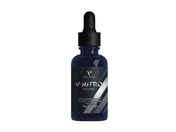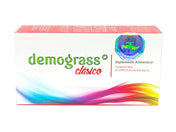
-
Systemic Antifungals: These are used to treat deeper, more widespread fungal infections that can affect internal organs. They are administered orally or intravenously and enter the bloodstream to fight infections beyond the skin's surface. Examples of systemic antifungals include fluconazole, itraconazole, and amphotericin B.
-
Topical Antifungals: These are applied directly to the skin, nails, or mucous membranes to treat superficial fungal infections. They come in the form of creams, lotions, ointments, and powders. They are effective for treating infections such as athlete's foot, vaginal yeast infections, and skin infections. Examples of topical antifungals include clotrimazole, miconazole, and terbinafine.
Uses and Benefits: Antifungals are vital for treating a wide range of fungal infections that can affect a person's quality of life. Some superficial infections can cause itching, redness, and general discomfort, while systemic infections can be life-threatening in individuals with compromised immune systems. Antifungals help relieve symptoms, prevent the spread of infection, and improve the patient's overall health.
In short, antifungals are an essential tool in the fight against fungal infections, from superficial to systemic. These medications can effectively treat fungal infections, improve patients' quality of life, and prevent more serious complications. It is always advisable to consult a healthcare professional for proper diagnosis and treatment if you suspect a fungal infection.























































